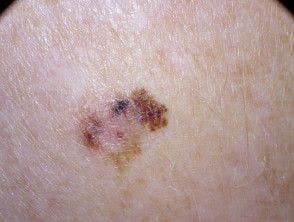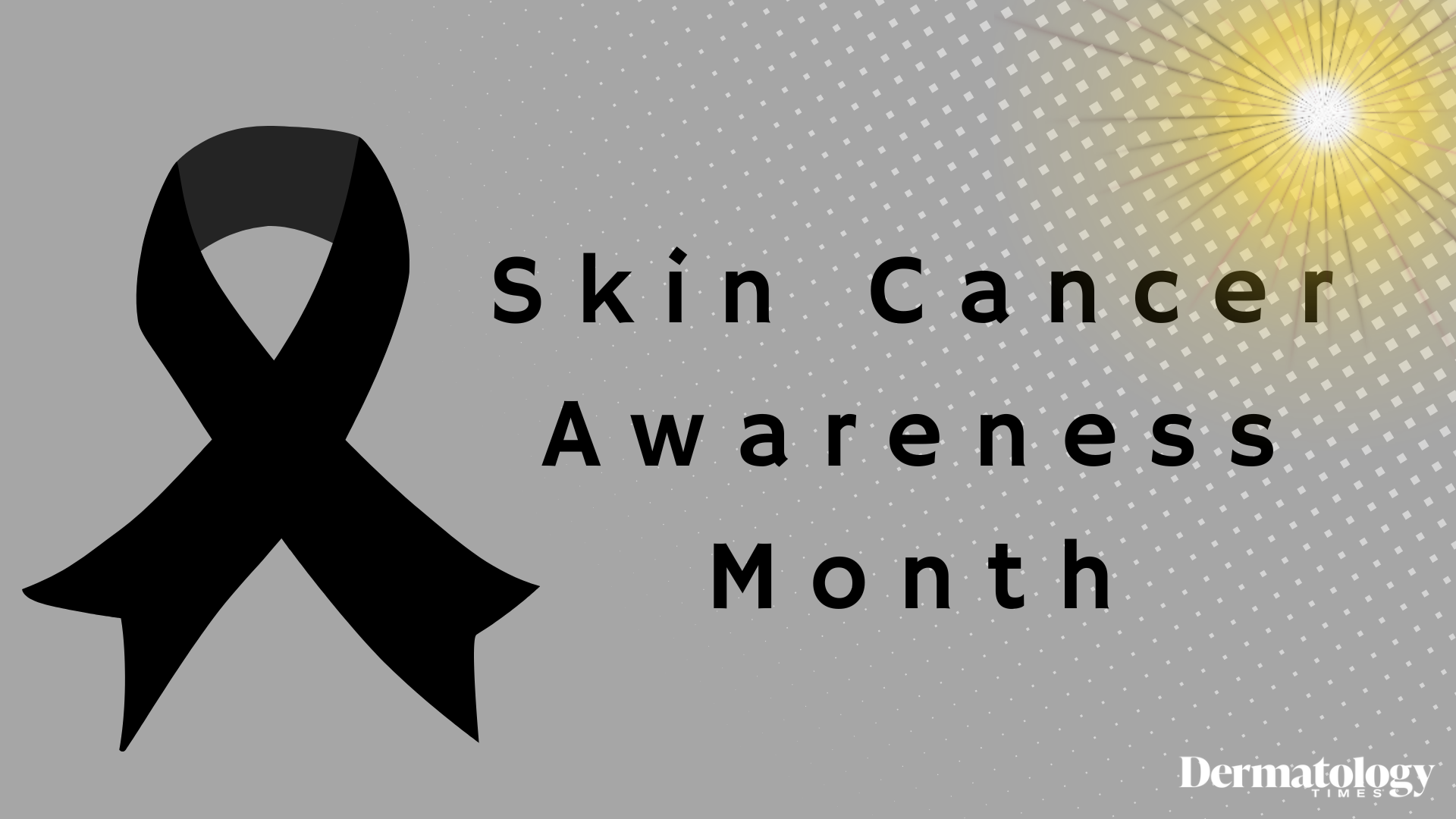JAK inhibitors exhibit an overall favorable risk-benefit profile in individuals with vitiligo, particularly in cases of facial depigmentation, according to authors of a review published in the International Journal of Dermatology.1
Recent studies have suggest that T-helper cells mediate the destruction of melanocytes, with cytokines such as interleukin-15 (IL-15) and interferon-gamma (IFN-γ) playing key roles. IFN-γ promotes the production of chemokines that recruit autoreactive T cells, exacerbating melanocyte destruction. Janus kinase (JAK) inhibitors disrupt this process, potentially mitigating vitiligo progression.2
Reviewers aimed to provide insight into the efficacy and safety of JAK inhibitors in vitiligo treatment, considering the approval of topical JAK inhibitor ruxolitinib for vitiligo in 2022,3 which took place after the most recent comprehensive review of JAK inhibitors in vitiligo, which was published in Dermatologic Therapy in 2019.4
Background and Methods
Researchers conducted a systematic review of available literature exploring the efficacy and safety of JAK inhibitors in vitiligo. Study authors searched Medline and Embase from database inception through May 30, 2023.
Relevant search terms included, "jak inhibitor," "Januse kinase inhibitor," "vitiligo," "hypopigmentation," and "hypomelanosis," for example. Additional literature was collected via repeat searches conducted on additional databases CINAHL, Scopus, and Web of Science, through August 31, 2023, and via examination of references listed in each respective publication.
In total, researchers screened 283 records, of which 146 were screened for eligibility, and 35 were included for review.
The review encompassed various study types, including 19 case reports, 5 case series, 3 randomized controlled trials, 6 open label studies, 1 observational study, and 1 open label extension. Treatment modalities included in the review included baricitinib, delgocitinib, ritlecitinib, ruxolitinib, tofacitinib, and upadacitinib.
Findings
Various topical JAK inhibitors have been studied in vitiligo, primarily on the face, with treatment durations ranging from a few weeks to several months. Evaluating JAK inhibitor efficacy often involved subjective assessments such as "significant repigmentation," making comparisons difficult, according to reviewers.
Efficacy
Ruxolitinib 1.5% cream, the only FDA-approved JAKi for vitiligo, has shown pronounced repigmentation on facial lesions within weeks of application, with extended treatment resulting in significant improvement, especially when combined with narrow band ultraviolet B. However, discontinuation can lead to repigmentation reversal.
Oral tofacitinib monotherapy has achieved near-complete repigmentation in various areas, with responses seen as early as 4 weeks and lasting post-discontinuation. Adjusting dosages may help balance immunity suppression and melanocyte regeneration.
Moving forward, researchers developed a list of knowledge gaps and areas for improvement, including implications for further studies. These included:
- Long-term safety and efficacy
- Repigmentation rates
- Lesion type and location
- Dose-response relationship
- Optimal treatment protocols
- Related autoimmune conditions
- Comparison with standard treatments
- Mechanisms of action and biomarkers
- Patient subpopulations
- Quality of life outcomes
- Cost-effectiveness
- Prevention of relapse
Combining JAK inhibitor with phototherapy or sunlight exposure has shown promising results, suggesting a dual approach involving immune suppression and melanocyte stimulation. Different combinations have yielded varying repigmentation rates, with some showing better responses in certain areas or skin types.
Biopsies have suggested that melanocyte regeneration may rely more on light exposure than immune suppression. JAK inhibitor selection can be informed by biomarkers, with drugs targeting specific cytokine receptors potentially offering better efficacy.
Safety
Safety concerns with systemic JAK inhibitors have included increased infection susceptibility, altered lipid profiles, and potential malignancy risks.
However, topical JAK inhibitor applications aim to reduce systemic side effects while providing localized benefits. Adverse effects such as acneiform eruptions and myalgias have been reported.
Conclusions
The majority of the studies analyzed were observational, leading to evidence of moderate to low quality, according to researchers. Potential limitations may include observer bias and publication bias. Several factors also complicate the assessment of Janus kinase inhibitors' safety and efficacy in treating vitiligo, including variations in disease activity at the time of recruitment, the duration of vitiligo history, challenges in monitoring natural sun exposure, and concurrent treatments such as phototherapy or topical applications. Furthermore, small sample sizes across studies may have reduced the power of the review.
"This scoping review not only illuminates the evolving landscape of vitiligo treatment with JAKi emphasizing the need for ongoing research to refine treatment strategies and improve outcomes, but also introduces new findings and identifies gaps in the current knowledge, thereby adding substantial value," wrote Utama et al.
References
- Utama A, Wijesinghe R, Thng S. Janus kinase inhibitors and the changing landscape of vitiligo management: a scoping review. Int J Dermatol. April 12, 2024. Accessed May 1, 2024. doi:10.1111/ijd.17157
- Shawky AM, Almalki FA, Abdalla AN, Abdelazeem AH, Gouda AM. A comprehensive overview of globally approved JAK inhibitors. Pharmaceutics. 2022; 14(5): 1–66. Accessed May 1, 2024.
- Incyte announces U.S. FDA approval Of Opzelura (ruxolitinib) cream for the treatment of vitiligo. News release. Incyte. July 18, 2022. Accessed May 1, 2024. https://investor.incyte.com/news-releases/news-release-details/incyte-announces-us-fda-approval-opzeluratm-ruxolitinib-cream-0
- Montilla AM, Gómez-García F, Gómez-Arias PJ, Gay-Mimbrera J, Hernández-Parada J, Isla-Tejera B, et al. Scoping review on the use of drugs targeting JAK/STAT pathway in atopic dermatitis, vitiligo, and alopecia areata. Dermatol Ther. 2019; 9(4): 655–683. Accessed May 1, 2024.




























